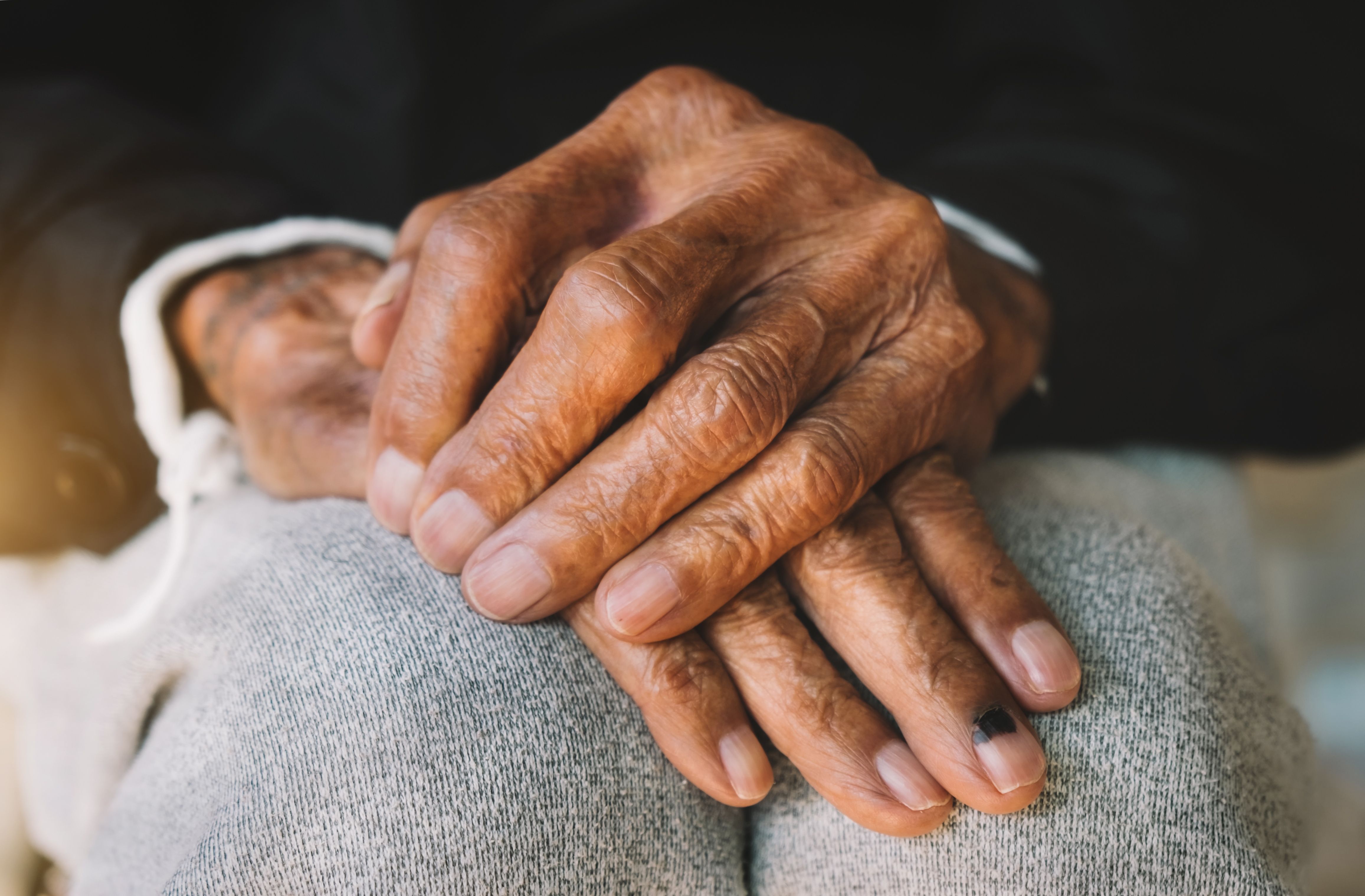- Center on Health Equity & Access
- Clinical
- Health Care Cost
- Health Care Delivery
- Insurance
- Policy
- Technology
- Value-Based Care
Who Lives to 100? New Research Reveals Differences Across Racial, Ethnic Groups
Older adults from Hispanic, Asian, and non-Hispanic Black populations in the US are more likely to reach age 100 compared with their non-Hispanic White peers.
Older adults from Hispanic, Asian, and non-Hispanic Black populations in the US are more likely to reach age 100 compared with their non-Hispanic White peers.
Image Credit: Nuttapong punna - stock.adobe.com

Older adults from Hispanic, Asian, and non-Hispanic Black populations in the US are more likely to reach age 100 compared with their non-Hispanic White peers, according to a new study published in The Journal of Internal Medicine that highlights racial and ethnic variations in exceptional longevity.1 The findings reveal that while the Black-White mortality crossover persists into the centenarian years, Hispanic and Asian populations demonstrate the highest survival probabilities, offering insights into the interplay of genetics, environment, and social factors shaping late-life outcomes.
The study investigated the Black-White mortality crossover, a phenomenon where the non-Hispanic Black population experiences lower mortality rates than the non-Hispanic White population after age 85,2 and explored how this survival advantage applies to Asian and Hispanic groups.1 Researchers analyzed US period life table data from 2006 to 2019 to calculate life expectancy at birth and at ages 70, 85, and 100, stratified by sex and race or ethnicity. They determined age-specific death rates, modal ages at death, and probabilities of survival to age 100 from ages 70, 80, and 90. To assess patterns across time, pseudo-birth cohort calculations were performed alongside period-based analyses, offering a comprehensive view of survival trends across racial and ethnic groups.
Hispanic and Asian Longevity Advantages
Results demonstrated that the Hispanic population exhibits the highest survival probabilities to age 100 among all racial and ethnic groups, with this pattern holding steady from ages 70, 80, and 90. Known as the "Hispanic Paradox," this phenomenon suggests that Hispanic individuals experience lower mortality rates despite socioeconomic disadvantages.
For the Asian population, whose data became available in 2019, researchers found the highest overall probability of reaching age 100. Asian individuals outperformed all other groups in survival likelihood from ages 70, 80, and 90, reflecting both genetic and environmental factors that may contribute to exceptional longevity.
Survival Disparities Beyond Age 85
From 2006 to 2019, the non-Hispanic White population demonstrated the lowest probability of survival to age 100 across all starting ages. In contrast, survival probabilities for non-Hispanic Black, Hispanic, and Asian populations were higher and showed consistent patterns across the years studied.
Interestingly, the probability of survival from age 90 to 100 was comparable across all groups except for non-Hispanic Whites, who displayed a marked disadvantage. The study suggested underlying differences in health trajectories, access to care, and other social determinants of health that influence late-life outcomes.
Implications for Research and Policy
The findings highlight significant racial and ethnic disparities in mortality and survival beyond age 85, raising questions about the environmental, social, and genetic factors that shape exceptional longevity. The persistent survival advantage of Hispanic and Asian populations, alongside the Black-White mortality crossover, points to complex interactions between early-life conditions, resilience mechanisms, and health behaviors later in life.
Further research is needed to uncover the drivers of these disparities and to identify strategies for improving health equity in older populations. Policies that address systemic inequalities and enhance access to care for vulnerable groups could play a critical role in closing these longevity gaps.
"In addition to cultural and socioeconomic differences in determinants, ancestry-specific mortality rate trends between ages 85 and 100+ years and the occurrence of a select survivor population in the case of the non-Hispanic Black population raise the possibility that ancestry-based genetic differences might also contribute to the race-specific differences in survival that we observe at these very old ages," the researchers wrote.
References
1. Ouellette N, Perls T. Race and ethnicity dynamics in survival to 100 years in the United States. J Intern Med. 2024; 1-21.
2. GBD US Health Disparities Collaborators. Life expectancy by county, race, and ethnicity in the USA, 2000-19: a systematic analysis of health disparities. Lancet. 2022;400(10345):25-38. doi:10.1016/S0140-6736(22)00876-5
